Stellantis’ CEO less-than-subtly hinted that Tesla’s price cuts were a major problem for all automakers.


The term “artificial general intelligence” (AGI) has become ubiquitous in current discourse around AI. OpenAI states that its mission is “to ensure that artificial general intelligence benefits all of humanity.” DeepMind’s company vision statement notes that “artificial general intelligence…has the potential to drive one of the greatest transformations in history.” AGI is mentioned prominently in the UK government’s National AI Strategy and in US government AI documents. Microsoft researchers recently claimed evidence of “sparks of AGI” in the large language model GPT-4, and current and former Google executives proclaimed that “AGI is already here.” The question of whether GPT-4 is an “AGI algorithm” is at the center of a lawsuit filed by Elon Musk against OpenAI.
Given the pervasiveness of AGI talk in business, government, and the media, one could not be blamed for assuming that the meaning of the term is established and agreed upon. However, the opposite is true: What AGI means, or whether it means anything coherent at all, is hotly debated in the AI community. And the meaning and likely consequences of AGI have become more than just an academic dispute over an arcane term. The world’s biggest tech companies and entire governments are making important decisions on the basis of what they think AGI will entail. But a deep dive into speculations about AGI reveals that many AI practitioners have starkly different views on the nature of intelligence than do those who study human and animal cognition—differences that matter for understanding the present and predicting the likely future of machine intelligence.
The original goal of the AI field was to create machines with general intelligence comparable to that of humans. Early AI pioneers were optimistic: In 1965, Herbert Simon predicted in his book The Shape of Automation for Men and Management that “machines will be capable, within twenty years, of doing any work that a man can do,” and, in a 1970 issue of Life magazine, Marvin Minsky is quoted as declaring that, “In from three to eight years we will have a machine with the general intelligence of an average human being. I mean a machine that will be able to read Shakespeare, grease a car, play office politics, tell a joke, have a fight.”
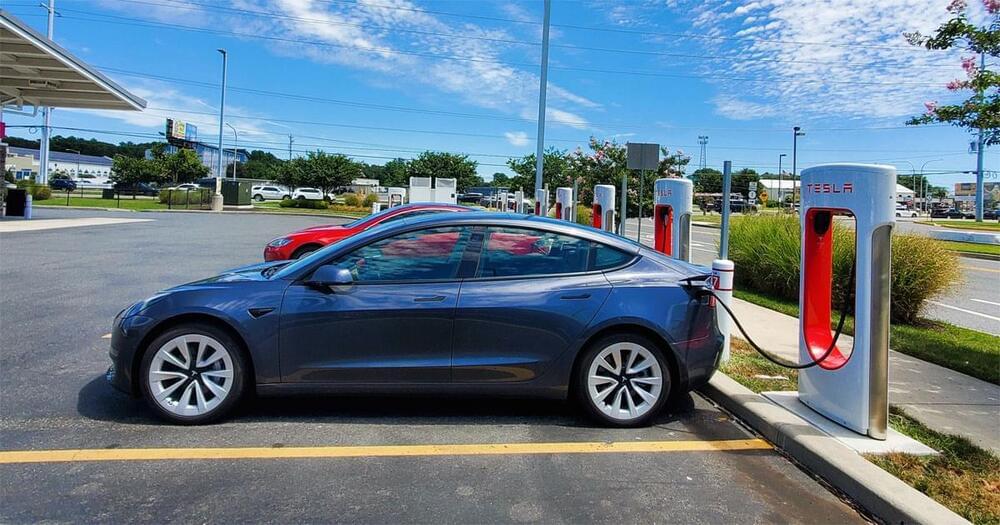
The Biden administration has today announced new vehicle emission standards for 2027–2032, as it pushes for wider adoption of hybrid and electric vehicles.
Tesla Model 3 at a charging station in Delaware, United States. Credit: K.A
Automobile emissions in the United States could be slashed by half within the next eight years, thanks to new standards finalised and published today by the Environmental Protection Agency (EPA). The ambitious set of rules – not only aimed at reducing air pollution, but also cutting fuel costs – are to be phased in between 2027 and 2032.
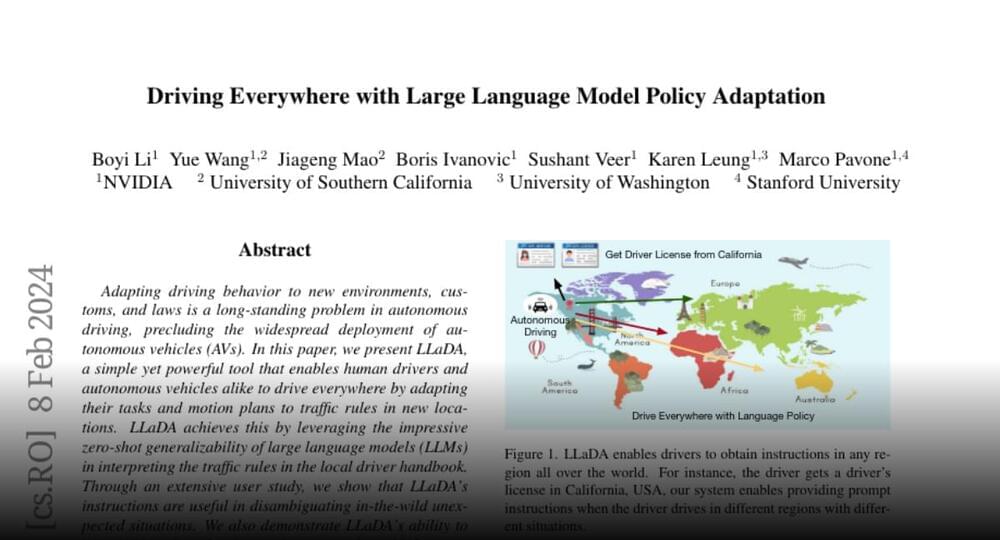
Nvidia presents Driving Everywhere with Large Language Model Policy Adaptation LLaDA is a simple yet powerful tool that enables human drivers and autonomous vehicles alike to by adapting their tasks and motion plans to traffic rules.
Nvidia presents Driving Everywhere with Large Language Model Policy Adaptation.
LLaDA is a simple yet powerful tool that enables human drivers and autonomous vehicles alike to by adapting their tasks and motion plans to traffic rules.
Paper page: https://huggingface.co/papers/2312.14150)
Join the discussion on this paper page.
Video footage meant for investors has leaked, showing Aptera Motors co-founders and co-CEOs Steve Fambro and Chris Anthony discussing many topics about the solar EV startup’s future, including a potential IPO.
Usually, when we share progress updates from notable solar EV developer Aptera Motors, they come directly from the horse’s mouth. The born-again startup is known for keeping an open line of communication with its growing fanbase of investors, Accelerator program reservation holders, and EV enthusiasts who want to see a company bring solar-powered vehicles to mass production.
The latest public update came in late February as Aptera’s co-CEOs teased its flagship vehicle’s upcoming app and battery tech while giving the viewers a glimpse of the three-wheeled EV’s Body in Carbon (BinC), which ended up on display at JEC World 2024 in Paris earlier this month.
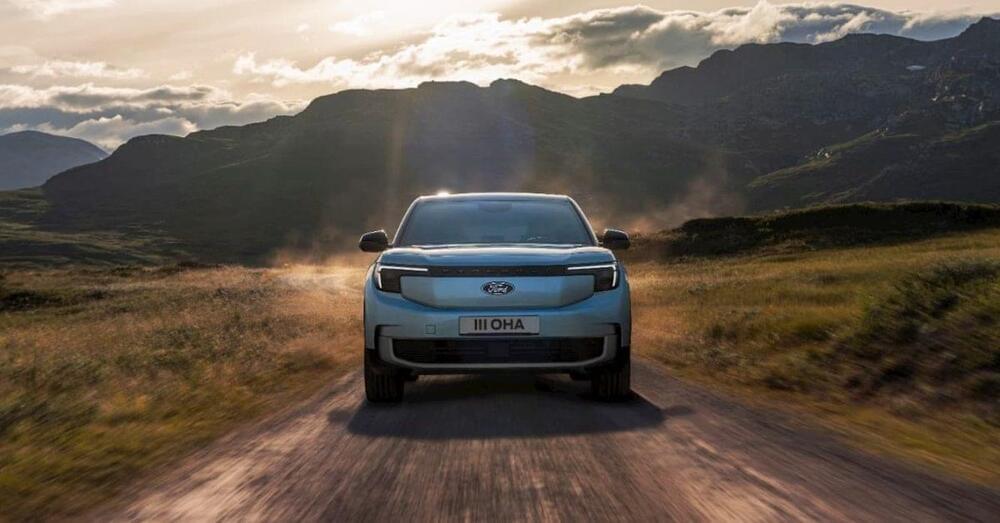
Amid a flood of new competition, Ford is shifting plans to build more affordable electric vehicles. Ford is developing a new low-cost EV platform to power a small electric pickup and SUV, with starting prices around $25,000. However, due to the pivot, plans for its three-row electric SUV have been put on the back burner.
Although low-cost Chinese passenger EVs, like BYD, are not sold in the US, they are having a big impact on domestic automakers.
Ford’s CEO Jim Farley reiterated his concerns over the low-cost overseas rivals during a Wolfe Research conference last month. Farley explained that if you cannot compete with Chinese automakers, “20% to 30% of your revenue is at risk.”
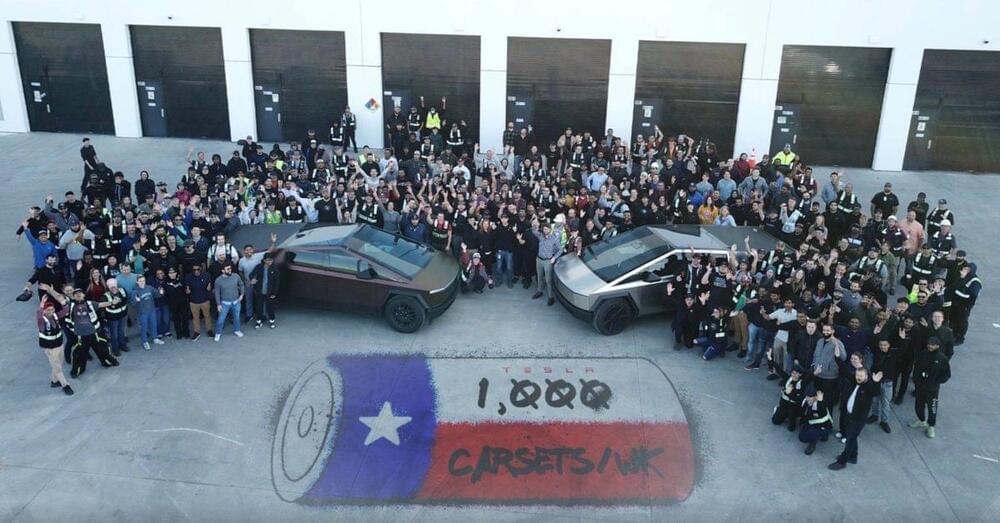
Tesla has confirmed that it has ramped battery cell production enough to 1,000 Cybertrucks a week at Gigafactory Texas.
The automaker hasn’t been releasing many details about its effort to ramp up its own battery cell production at Gigafactory Texas.
At first, it was 4,680 cells for the Model Y, but with the start of Cybertruck production, Tesla switched production to a new version of the cell for the electric pickup truck.
Yay face_with_colon_three
Mercedes-Benz is partnering with U.S.-based robotics firm Apptronik to explore ways that the latter’s humanoid robots can be used at its factories.
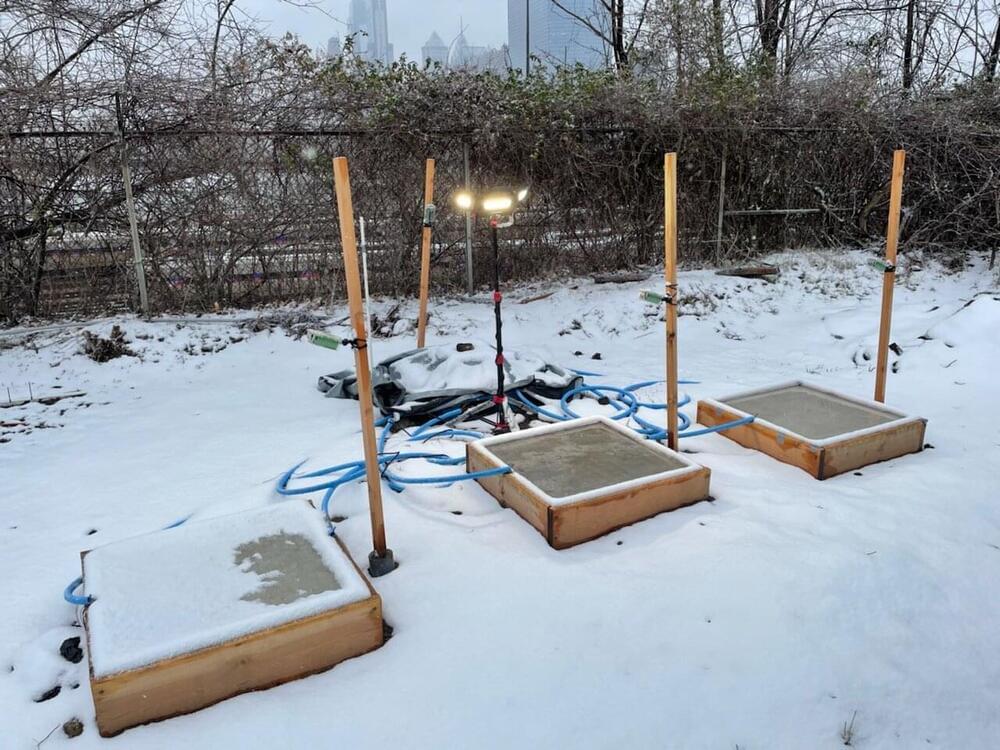
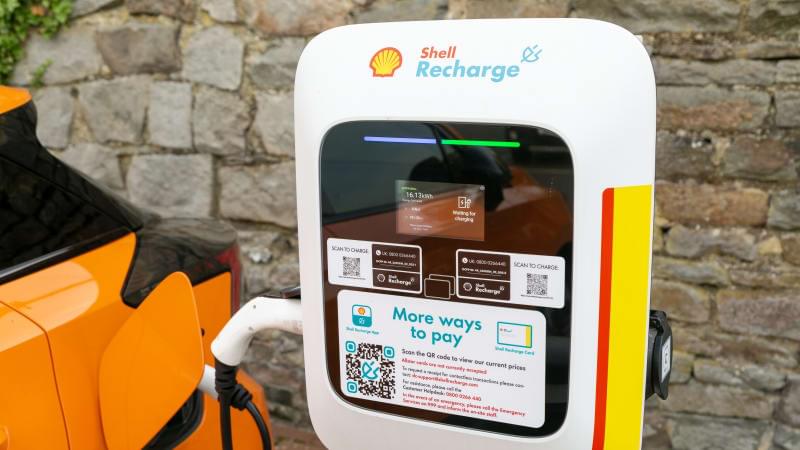
As part of its energy transition strategy, energy giant Shell plans to shed some of its retail locations, including gasoline stations, to focus more on EV charging sites.
“We are upgrading our retail network, with expanded electric vehicle charging and convenience offers, in response to changing customer needs,” Shell said in its 2024 Energy Transition Strategy report. The company plans to “divest around 500 Shell-owned sites (including joint ventures) a year in 2024 and 2025.” The company’s plans were first reported by Bloomberg News.
The closures will shrink the company’s retail footprint by 2.1%. In 2023, the company operated 47,000 locations.